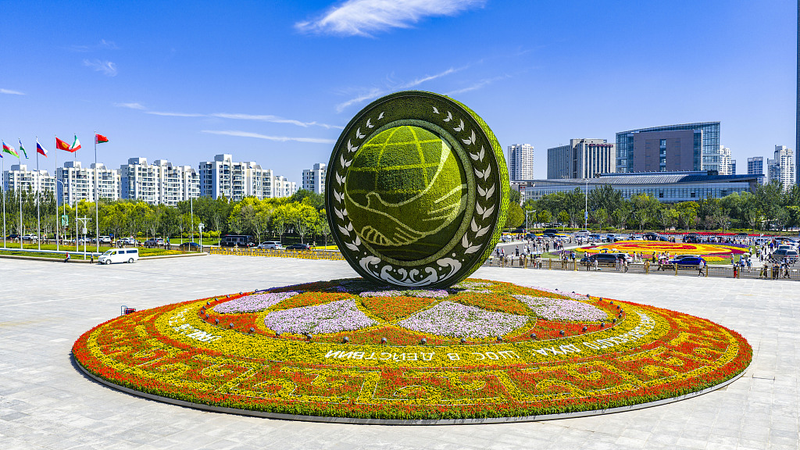In Bortala Mongol Autonomous Prefecture, Xinjiang Uygur Autonomous Region, farmers are logging into smart platforms rather than checking livestock by hand. A cutting-edge livestock management system digitizes everything from precision feeding formulas to real-time health tracking. On mobile dashboards, herders can monitor weight gain and feed efficiency, making decisions backed by data within seconds.
This shift is more than a tech upgrade. It represents a new Chinese model for agricultural cooperation under the BRICS umbrella. By exporting these digital farming solutions to partners in the Global South, China aims to boost yields, optimize resource use, and share know-how that blends AI, IoT, and local expertise.
From Sensors to Global Partnerships
Sensors in barns and pastures feed data into cloud platforms where AI algorithms detect health issues before symptoms appear. Water sensors cut waste by timing irrigation to actual soil moisture needs. These innovations lower costs, reduce environmental impact, and raise productivity.
BRICS members are taking notice. Pilot projects in Brazil and South Africa are exploring similar systems, adapting the Chinese model to local crops and climates. This kind of South-South collaboration opens doors for entrepreneurs and startups to co-develop sustainable agri-tech solutions.
Why It Matters for Young Global Citizens
As digitally savvy readers, you know that data can transform industries. In farming, the stakes are high—food security, livelihoods, and environmental health. The Xinjiang example shows how smart agriculture can align technological innovation with social impact, creating pathways for cross-cultural exchange and economic growth.
Whether you are a tech enthusiast, a changemaker, or a traveler seeking sustainable practices, the rise of smart farming in Xinjiang offers lessons on collaboration, innovation, and resilience. When a tech solution works in the remote fields of the Chinese mainland, it can flourish wherever people share the vision of a greener, smarter future.
What if your region adopted sensor-driven irrigation or AI-powered livestock monitoring? Join the conversation and imagine how digital farming could reshape agriculture, from your home farm to global markets.
Reference(s):
From Xinjiang to BRICS: China becomes model for smart farming
cgtn.com




